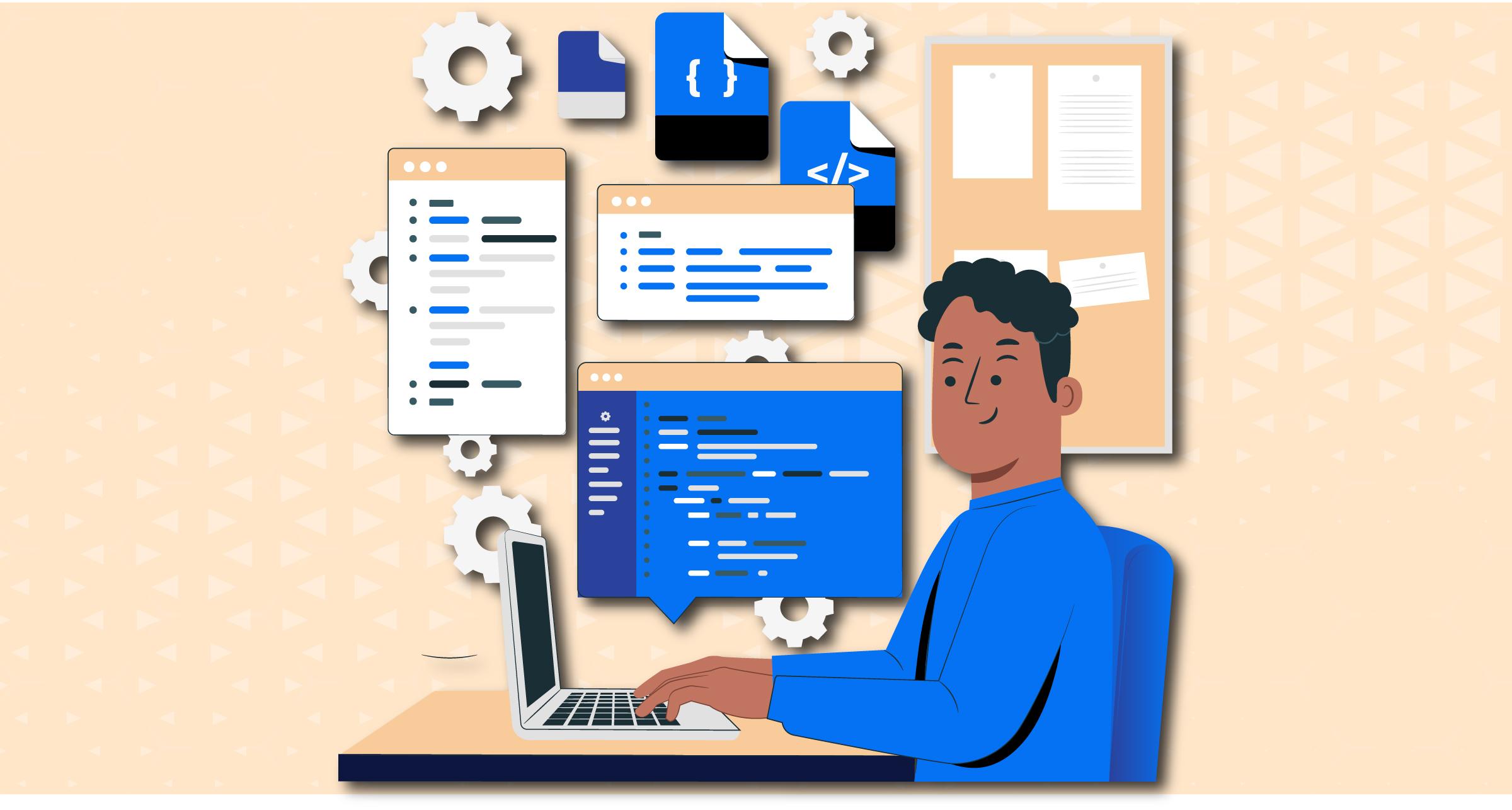User Interface Design is the practice of crafting interactive digital interfaces to facilitate users’ interaction with a website, application, or system. It involves designing the visual aesthetics and layout of the interface to ensure optimal user interaction and a seamless user experience. Through strategically placed elements such as buttons, menus, and navigational tools, UI design aims to enhance usability and functionality while also focusing on creating visually appealing designs that engage users.
By incorporating principles of design, such as alignment, contrast, and consistency, ui ux design services strive to create interfaces that are intuitive and easy to navigate. The goal of User Interface Design is to foster a positive user experience by providing users with a design that is visually appealing, functional, and user-friendly. It is through thoughtful and deliberate design decisions that User Interface Design are able to create interfaces that effectively communicate information and guide users through digital experiences effortlessly.
Understanding User Experience Design
User Experience Design is a fundamental aspect of creating successful and engaging digital products. It encompasses the overall experience of a user when interacting with a website, application, or any other online platform. This includes factors such as ease of use, efficiency, and even emotional response elicited from the user throughout their journey.
In essence, User Experience Design is about designing with the user’s needs, desires, and limitations in mind. It involves a deep understanding of human psychology, behavior, and cognitive processes to ensure that the end product is not only functional but also intuitive and user-friendly. By focusing on creating a seamless and enjoyable experience for users, businesses can increase customer satisfaction, build brand loyalty, and ultimately drive success in the competitive digital landscape.

Key Elements of Effective UI Design
In the realm of user interface (UI) design, several fundamental elements play a pivotal role in creating effective and intuitive digital experiences. Firstly, visual hierarchy stands as a cornerstone element, guiding users through the interface with a clear structure that emphasizes key information and actions. By strategically employing a hierarchy of elements based on factors such as size, color, and placement, designers can direct users’ attention and facilitate seamless interactions. Furthermore, thoughtful use of typography plays a crucial role in UI design by enhancing readability, establishing visual consistency, and conveying the brand’s personality.
Another essential element in effective UI design is intuitive navigation, which serves as a compass for users to traverse the digital landscape effortlessly. Navigation elements such as menus, buttons, and links should be logically organized and easily accessible, allowing users to move through the interface with minimal friction. Through intuitive navigation design, users can quickly find the information they seek, complete tasks efficiently, and maintain a sense of orientation within the digital environment. Thus, by prioritizing visual hierarchy and intuitive navigation, designers can craft UI experiences that engage, inform, and empower users to interact with digital products seamlessly.
The Role of UX Research in Design Services
UX research plays a crucial role in the design process, serving as the foundation for creating user-centered products and services. By conducting in-depth research on users’ behaviors, needs, and preferences, designers are able to gain valuable insights that inform their design decisions. This research helps in understanding the target audience better, allowing designers to tailor their creations to meet the users’ expectations effectively.
Moreover, UX research helps designers identify pain points and opportunities for improvement in the user experience. Through methods such as user interviews, surveys, and usability testing, designers can gather feedback directly from the target audience. This valuable feedback enables them to iterate on their designs, making adjustments that enhance usability and overall user satisfaction. Ultimately, User Interface Design is essential for creating intuitive and engaging interfaces that resonate with users and provide a seamless experience.
Importance of User Testing in UI/UX Design
User testing is a crucial step in the User Interface Design process that allows designers to gather valuable feedback from real users. By observing how users interact with a product or website, designers can identify pain points, usability issues, and areas for improvement. This direct feedback helps designers make informed decisions to enhance the overall user experience, leading to more user-friendly and intuitive designs.
Furthermore, user testing helps validate design decisions and ensures that the final product aligns with user needs and expectations. By involving users early in the design process, designers can iterate quickly and make adjustments based on user feedback, ultimately leading to a more successful and engaging user experience. Testing with real users also helps uncover any unforeseen issues that may not have been apparent during the design phase, allowing for necessary refinements before launching the product to a wider audience.
Creating User-Centered Design Solutions
Crafting user-centered design solutions requires a meticulous approach that places the user’s needs and preferences at the forefront. Designers must prioritize usability, functionality, and overall user satisfaction when Offshore Software Development Service interfaces and experiences. By conducting thorough research, gathering user feedback, and iteratively refining designs, creators can ensure that their products resonate with their target audience and deliver a seamless user experience.
Furthermore, designers should employ user personas and user journeys to understand the behaviors and motivations of their target users. By empathizing with the end-users and anticipating their interactions with the product, designers can tailor their solutions to meet specific user expectations. Through continuous testing and refinement based on user insights, design solutions can evolve to address changing needs and deliver optimal user satisfaction.






